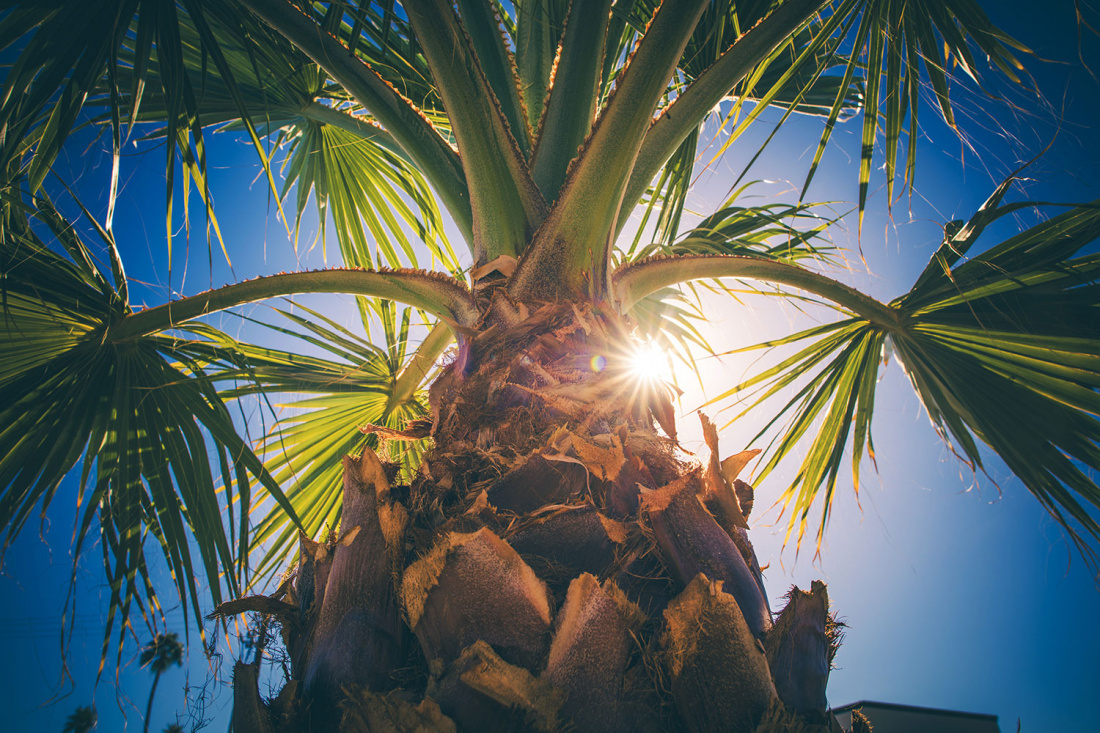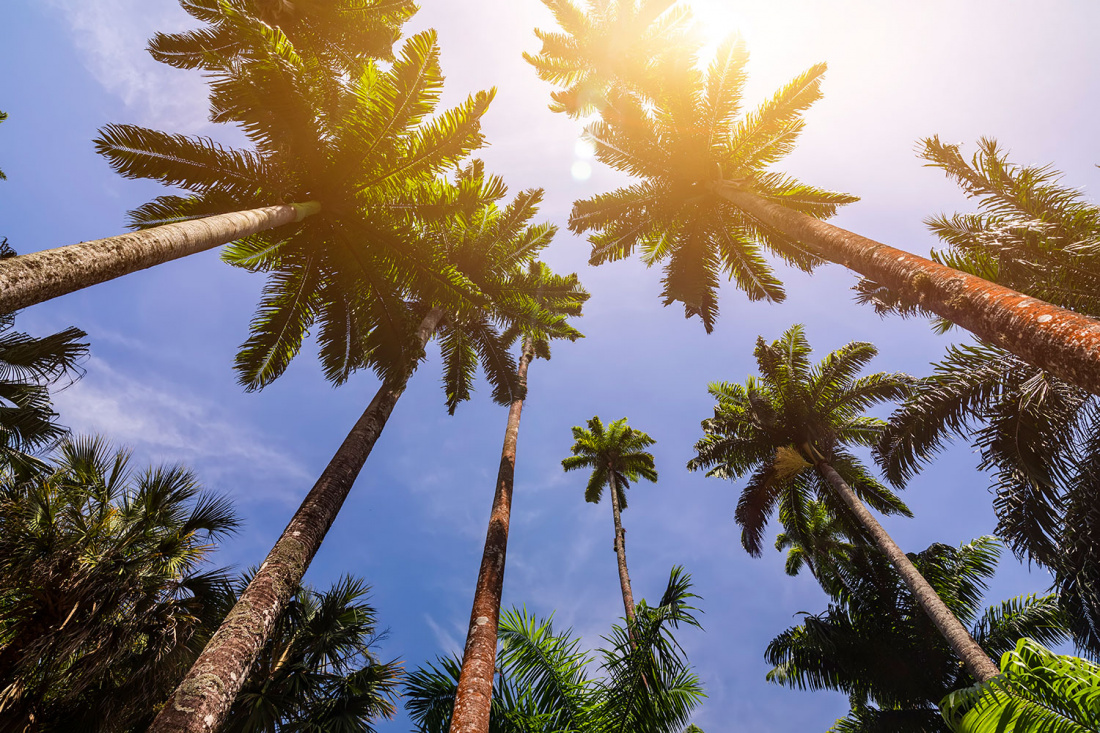Growing tropical plants is a wonderful way to add lush foliage and pops of color to your landscape, patio, or deck. Choosing hearty plants and the right techniques can help your tropical plants thrive!
Once you get a taste for these plants, you might want to think bigger. If you're considering planting a palm tree, your landscape is ready for an exotic upgrade—but make sure you choose the right type of palm and expert tips for growing.
What should gardeners know about palm tree care? Keep reading to find out!

What Is a Palm Tree?
You can probably recognize a palm tree on sight, but what makes these trees unique? They're commonly located near beaches and in tropical locations. However, you don't have to live at the beach to learn how to plant a palm tree and grow one successfully.
Palm trees are an evergreen plant belonging to the Arecaceae or Palmae family. Their large evergreen leaves, single trunk, and branchless stems classify them as "palms," with about 2,500 different species in the classification.
The name palm "tree" can be misleading! Not all palms are "trees." However, some varieties of these plants can grow up to 100 feet tall. When choosing your palm, make sure you consider the plant's potential height and where you plan to plant your palm.
If you don't have a lot of space, but you enjoy the idea of decorating your landscape with palms, dwarf, and pygmy varieties could be ideal for you!
What's the Right Environment?
What are good environments for palm trees? Warm, tropical climates are ideal for palm tree growth. However, if you don't live in an area with these conditions year-round, you can still enjoy palm trees with proper planting and care.
Use light soils that drain well. Sand-based soils with plenty of air pockets are imperative for healthy root growth. Hard or compacted soils can prevent moisture from reaching the roots and keep roots from becoming strong and healthy.
Palm trees also require significant watering after planting. Watering palm trees should take place twice a week. Make sure the moisture reaches at least 18 inches beneath the soil's surface to keep your palm well-watered.
Your palm also needs the right nutrients in the soil. Depending on the type of palm you plant, fertilize it appropriately to avoid stunting its growth.

What Types of Palm Trees Are Right for Me?
With so many varieties, there's a palm tree that's right for you! Before buying a palm, do some research and plan where you want the plants to grow and how much space they have to thrive. If you don't live in a tropical climate, be sure you can also access the types of soil and fertilizers you'll need to help your palm grow healthy and strong.
Small Varieties
If you don't have room for a row of towering palm trees, there are plenty of smaller varieties to add to your patio, pool area, or landscape. Palm trees add lush greenery around your backyard oasis. Many varieties can also live in planters or containers to create shade or privacy.
- European Fan Palm—This palm is also known as the "Mediterranean Pan" palm tree. In warm climates, these palms can grow between 10-20 feet tall with silver-green fronds in the shape of a fan. This is an excellent palm variety for colder climates, as well.
- Cane Palm—Palms can grow indoors, too! Gardeners love growing Cane Palms in buckets for indoor greenery as a hearty houseplant. Make sure the soil allows for plenty of drainage, especially when planted in containers indoors.
- Dwarf Palmetto—This palm is one of the heartiest varieties and is drought tolerant for dry climates. You'll enjoy these plants as a small shrub with no trunk but plenty of leaves.
- Pygmy Date Palm—When planted indoors, these small palms grow up to four feet tall. Growing this species outdoors can increase the height to about ten feet tall. This palm also flowers!
If you're looking for taller palms, there are plenty of options! Many gardeners enjoy a variety of palms, large and small, to create a lush landscape of hearty plants.
Tall Varieties
You might think a palm that grows up to ten or twenty feet is tall. However, plenty of palm varieties can tower much higher than twenty feet in the air.
- Caranday Palm—Place Caranday palms along your property line or around your pool to make a landscaping statement. These palms grow up to 30 feet tall as part of your landscape. In the wild, Caranday can grow as tall as 70 feet!
- Spindle Palm—This palm makes an excellent landscaping focal point and can grow up to 25 feet tall. Leaves can be six to ten feet long.
- Canary Palm—These tall, elegant palms grow between 33 and 66 feet in height. You'll recognize these palms by the long trunks and burst of green palm leaves at the top.
- Mexican Palm—Go big with these palms that can grow up to 82 feet tall!
Be patient with these tall species of palms. They can take several years to reach their full height. Some palms take decades to become established at their peak height.

Maintain Your Palms
Whether your palm is short, tall, has a few leaves, or a lot of leaves, it requires maintenance! Water regularly and trim the palm's fronds when they droop beyond a 90-degree angle from the trunk. Fertilize according to the care instructions for your palm species and protect it from extreme weather.
Grow Beautiful Plants With the Right Palm Tree Care
The right palm tree care can help you grow beautiful plants that are a lasting part of your landscape or indoor houseplant collection. Follow the tips we've outlined above, and connect with local palm growers to customize the care needed for your specific plants.
Do you live in a northern climate? Click to read more about growing tropical plants in non-tropical climates!


